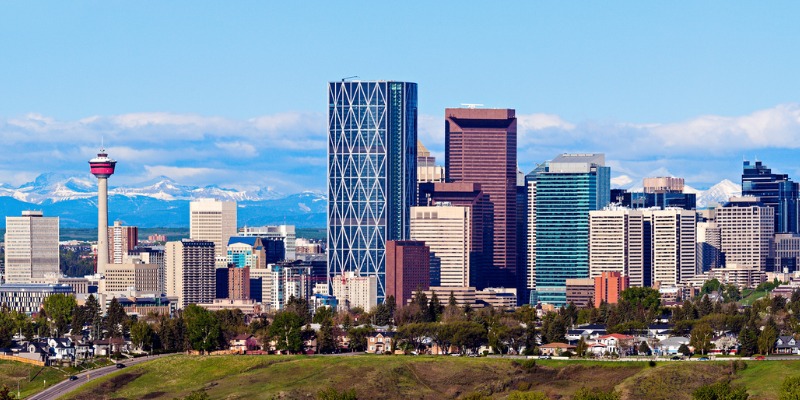‘Sustainability’ fund could help Alberta get off resource revenue rollercoaster

For decades, volatile non-renewable resource revenue has fuelled instability in Alberta’s government finances. Re-establishing the “Sustainability Fund” would help stabilize finances and get the province off the resource revenue rollercoaster.
Non-renewable resource revenues (hereafter referred to as resource revenues) are volatile in large part because commodity prices are volatile. Consider oil prices. Since 1970/71, West Texas Intermediate (the international benchmark) has ranged from US$7.05 per barrel (1971/72) to $96.81 per barrel (2007/08) after adjusting for inflation. Like underlying commodity prices, resource revenue has varied considerably, ranging from $1.6 billion in 1970/71 to $19.0 billion in 2005/06 (again, inflation-adjusted).
Despite this volatility, the Alberta government tends to include all resource revenue in the budget, which contributes to a pattern where Edmonton increases spending during periods of high resource revenue as if the good times will never end. But when resource revenue inevitability declines, the government doesn’t correspondingly rein in spending, which results in budget deficits. This cycle, known as the “resource rollercoaster,” has repeated itself more than once.
Empirical work analyzing the period from 1970/71 to 2016/17, found that a $1 increase in resource revenue in Alberta (after adjusting for population growth and inflation) is followed by a 56 cent increase in provincial government program spending (total spending minus interest costs) the next year. However, a reduction in resource revenue is not similarly followed by a decline in program spending.
Consider Alberta’s most recent string of deficits. When resource revenue began increasing in 1999/00, program spending increased from $8,012 in 1999/00 to $10,618 by 2006/07—more than $2,600 per person. Despite a significant decline in resource revenue in 2006/07, program spending continued to increase and surpluses turned to deficits by 2008/09. Program spending has remained high and deficits have persisted every year (excluding 2014/15).
So, with resource revenue (as a share of total revenue) at historic lows but projected to rebound, it’s time to consider a new approach. A renewed Alberta Sustainability Fund (ASF) could help temper the boom-bust cycles in Alberta’s finances by stabilizing the amount of resource revenue included in the budget.
Originally introduced in 2003, the ASF set an amount of resource revenue ($3.5 billion) that could be spent annually. When resource revenues were above that amount, the excess was saved in the fund to be used when resource revenues fell below that amount. The logic was simple—save during good times to provide a stable level of resource revenue during bad times. Moreover, by limiting the amount of resource revenue included in the budget, particularly during times of high resource revenue, the ASF tempered demands for higher spending, which again are only fiscally sustainable with permanently high resource revenues.
Like is so often the case with fiscal rules, the government of the day eliminated the fund in 2013 after the province’s finances faltered and Edmonton needed more revenue. In other words, instead of reducing spending to counter the effects of lower resource revenue, the government was including all resource revenue in the budget, withdrawing from the ASF, and eventually eliminated the fund outright.
Including all resource revenue in the provincial budget is one of the root causes of the repeated boom-bust cycle in Alberta’s finances. Re-establishing the Alberta Sustainability Fund would allow for a stable predictable level of resource revenue for the budget to help the province get off the resource revenue rollercoaster.

